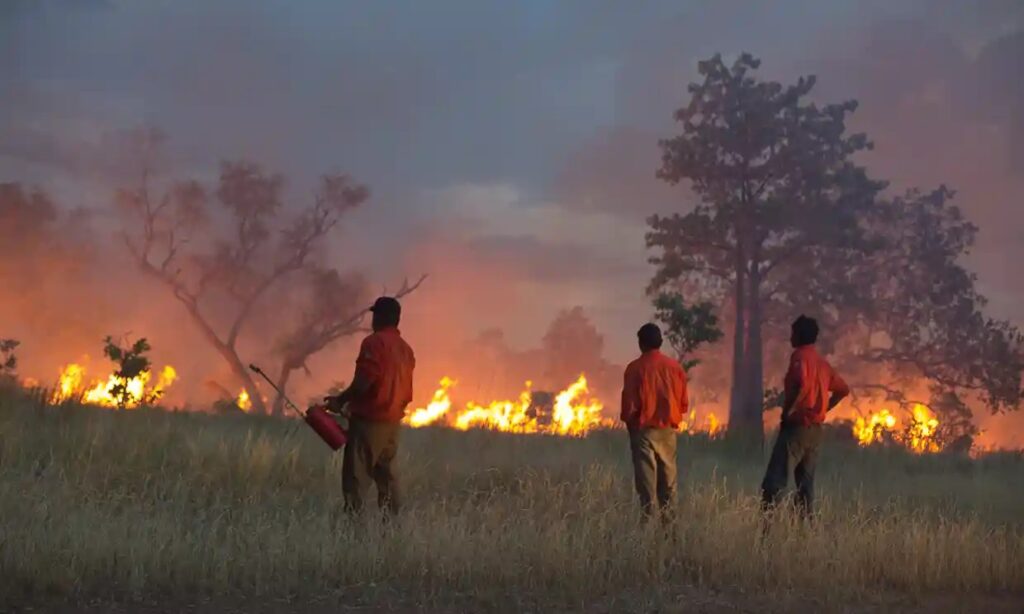The concept of “cultural burning” is attracting a great deal of interest these days. We understand the term to mean the burning of the bush in the manner of Aboriginal peoples over many thousands of years prior to European settlement in Western Australia.
The BFF is well aware of, and admires the many ways in which Aboriginal peoples traditionally used fire. Aboriginal knowledge, and historical, botanical and anthropological research, demonstrate that Noongar people in the southwest burned the forests on about a 3-4-year cycle. Because the fires were frequent, they would have been of mild intensity and patchy. Fires lit by Noongar people were supplemented by those lit by lightning strikes; no fire was suppressed, as they are today, although sometimes a backburn might be lit to protect a special site. The scene was one in which any new fire ran eventually into one of last year’s fires, or into a fire from the year before that, and went out of its own accord, so the landscape was a patchwork of bushland at various ages since the last fire. Thus, the forest ecosystems of today evolved in and were sustained by an environment in which mild-intensity fire occurred frequently.
However, traditional Aboriginal burning was done at any time of the year, including mid-summer. Unlike with bushfire-mitigation burning today, Aboriginal people had no need to mop-up or control the edges of burns, and they were unconcerned where the smoke went. While burning was governed by stringent cultural laws, there were no legal constraints like the Bush Fires Act and the Environmental Protection and Biodiversity Conservation Act, that today must be abided by. The Bushfire Front would like to see the principle of cultural burning adopted and widely applied in WA forests. A program of mild intensity fire, on about a 4-year cycle, would have three wonderful benefits: first, it will ensure the forest remains healthy and beautiful; second, it will mitigate the risk of large, high-intensity “killer” wildfires, incinerating our forests, farms and national parks and burning into residential areas; and third, it will provide excellent and positive work for young Noongar men and women, allowing them to “look after country” as their ancestors did. There will also be huge economic benefits.
But any burning (especially while today’s forest managers are still addressing a backlog of long-unburnt areas), must be done according to contemporary standards of safety, and concern for impacts on south-west communities, and must stay within the requirements of the laws of Western Australia. We consider that a compromise arrangement would not be hard to develop, it just needs the will and the commitment. It would also, of course, be necessary to overcome the inevitable opposition to the scheme from the green academics and environmental activists who reject the history of thousands of years of frequent, low intensity burning by Aboriginal people and who regard fire as an alien element in the Australian environment.
